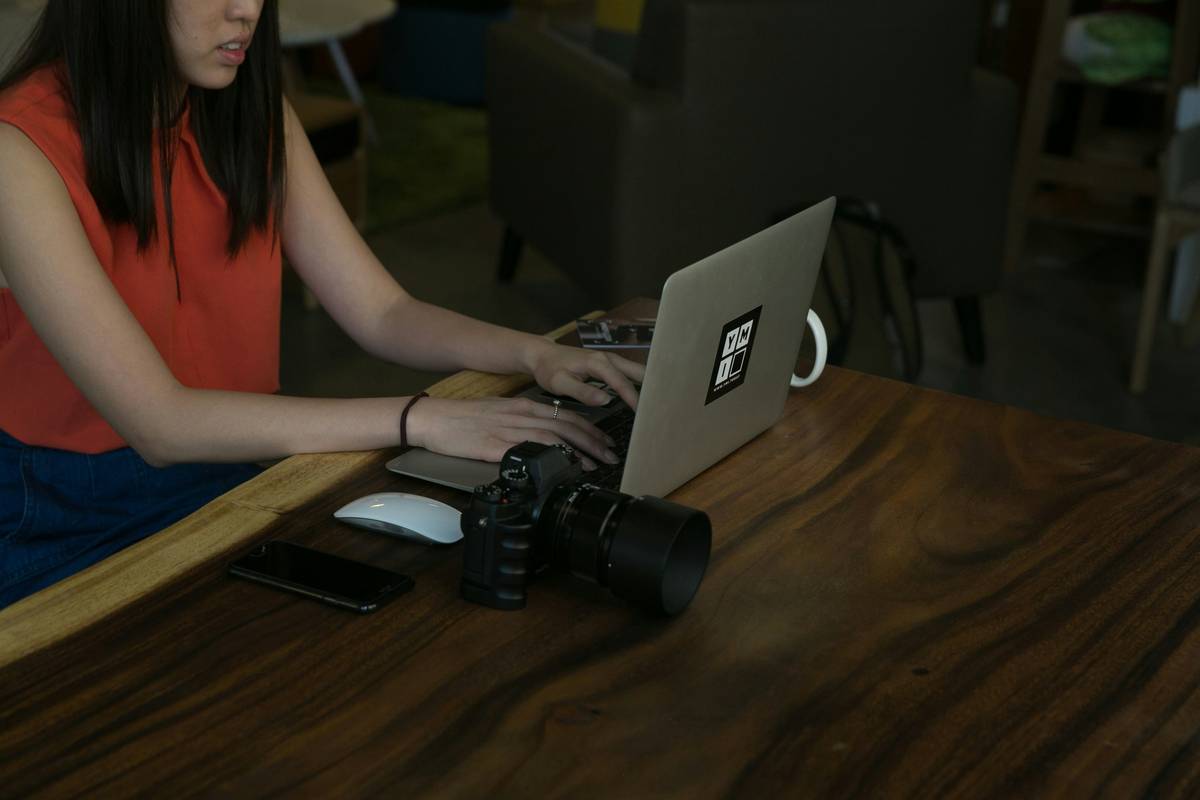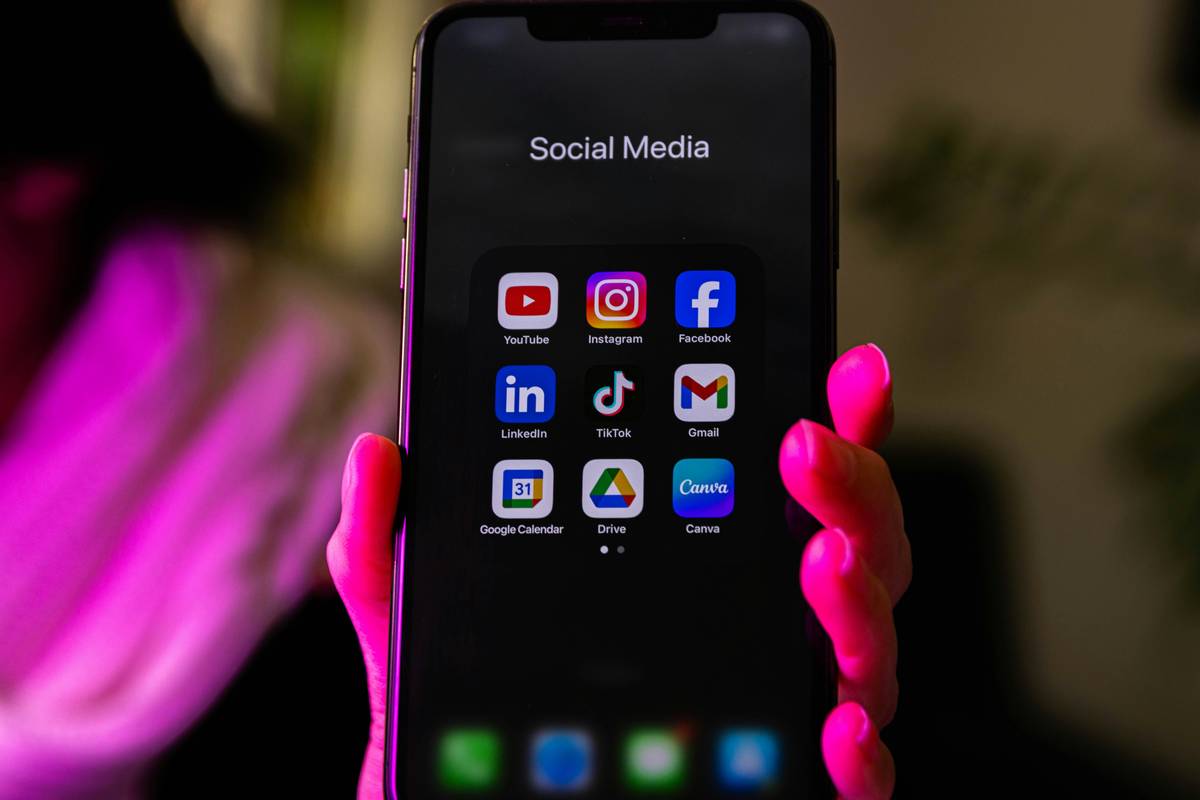Ever spent hours tweaking one Instagram Story only to realize it’s still slightly off? You’re not alone. Nailing the perfect post often feels like threading a needle while riding a rollercoaster—chaotic, frustrating, and occasionally nauseating. But what if I told you there’s an easier way? Enter the magical world of visual editors. These tools are your secret weapon for creating stunning social media content faster than ever before.
In this guide, we’ll dive into everything you need to know about using a visual editor for seamless social media management. By the end, you’ll have actionable steps, insider tips, and even some hilarious confessions from my own journey in mastering these platforms. Let’s get started!
Table of Contents
- Key Takeaways
- Why Visual Editors Are a Game-Changer for Social Media Managers
- Step-by-Step Guide to Using a Visual Editor
- Best Practices for Maximizing Your Visual Editor
- Real-Life Success Stories Using Visual Editors
- Frequently Asked Questions About Visual Editors
- Conclusion
Key Takeaways
- A visual editor simplifies design tasks and boosts productivity.
- It bridges the gap between professional designers and non-designers.
- Using templates saves time but customization ensures uniqueness.
- The best tools integrate directly with social media platforms.
- Not all features are worth exploring; prioritize based on ROI.
Why Visual Editors Are a Game-Changer for Social Media Managers
Optimist You: “The right tool can solve all our problems!”
Grumpy You: “Ugh, fine—but only if coffee’s involved.”
Social media managers juggle dozens of tasks daily—from crafting captions to scheduling posts—and design work often takes up far too much time. Here’s where a visual editor comes in handy. Imagine having a personal assistant who does all the heavy lifting for you (minus ordering lunch). Need proof?
I once tried editing a carousel post manually in Canva without realizing they had premade templates specifically for carousels. Spoiler alert: It was chaotic. After three cups of coffee and zero progress, I stumbled upon their visual editor feature. Suddenly, dragging and dropping elements became effortless. Sounds like your laptop fan during a 4K render? Exactly.
If you haven’t made friends with a visual editor yet, here’s why you should:
- Drag-and-drop functionality reduces learning curves.
- Templates ensure consistency across posts.
- You don’t need Photoshop-level skills to create pro-quality designs.

Step-by-Step Guide to Using a Visual Editor
Step 1: Choosing Your Visual Editor
There are tons of options out there: Canva, Adobe Express, Visme—the list goes on. Before committing, ask yourself:
- Does it integrate with my current workflow?
- How steep is the learning curve?
- Will it play nicely with platforms like Facebook and LinkedIn?
Step 2: Mastering Templates
Templates are life-savers. They give you a solid foundation so you don’t start from scratch every time. Just don’t fall into the trap of overusing them—audiences notice when everything looks identical.
Step 3: Customizing Like a Pro
Add your brand colors, fonts, and logos. Remember that sensory detail thing? Think of each element as a puzzle piece clicking into place. For example, swapping generic stock photos for custom ones adds personality.
Step 4: Scheduling Posts Directly from the Tool
Many visual editors now let you publish directly to social media. Save time by combining creation and scheduling in one platform.
Best Practices for Maximizing Your Visual Editor
Here’s how to make the most of your shiny new toy:
- Less Is More: Avoid clutter. Stick to two fonts max per post.
- Test Colors: Use tools like Coolors to find palettes that pop.
- Don’t Be Afraid to Experiment: Try animations or GIFs sparingly—they’re chef’s kiss for engagement.
Warning: Do NOT rely solely on preloaded assets unless absolutely necessary. Your feed will look cookie-cutter quick.
Real-Life Success Stories Using Visual Editors
Tiffany runs a small bakery business called Sweet Escapes. She used to dread designing posts because her attempts looked amateurish. Then she discovered Canva’s visual editor. Within weeks, her Instagram following grew by 20%, thanks to consistently polished visuals.
Another case study involves Mike, a freelance writer promoting his newsletter via Twitter. He switched to Adobe Express for its AI-powered suggestions. His click-through rate increased by 45% after revamping his graphics.
Frequently Asked Questions About Visual Editors
Do I Really Need Fancy Software?
Nope! Basic versions of free tools like Canva work wonders. Start simple, then upgrade as needed.
Can I Use Stock Photos Without Looking Lazy?
Yes, but edit them first. Crop, filter, or overlay text to add your unique touch.
What’s the Worst Mistake You’ve Made?
Honestly? Once, I mistyped #HealthyEating in a fast-food promo. Engagement plummeted faster than my soul that day.
Conclusion
So, ready to revolutionize your social media strategy with a visual editor? From saving hours on tedious edits to creating standout content effortlessly, these tools truly earn their keep. And hey, maybe next time you won’t accidentally hashtag bacon recipes under #VeganLife either.
To recap:
- Pick a visual editor that fits YOUR workflow.
- Customize templates to reflect your brand voice.
- Experiment responsibly—keep things fresh but consistent.
Like loading dial-up internet in the ‘90s, good design takes patience—but with a visual editor, it doesn’t have to take forever. 😉


